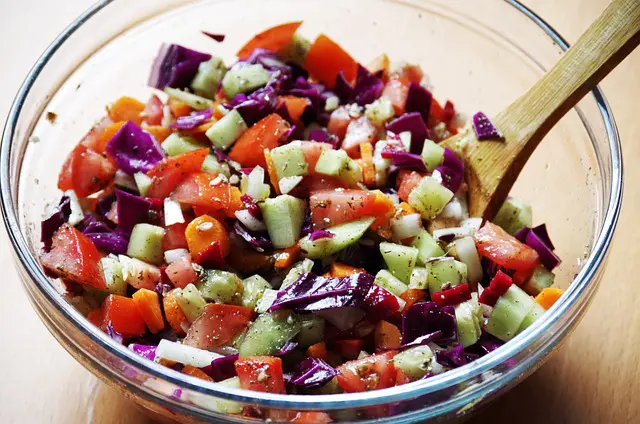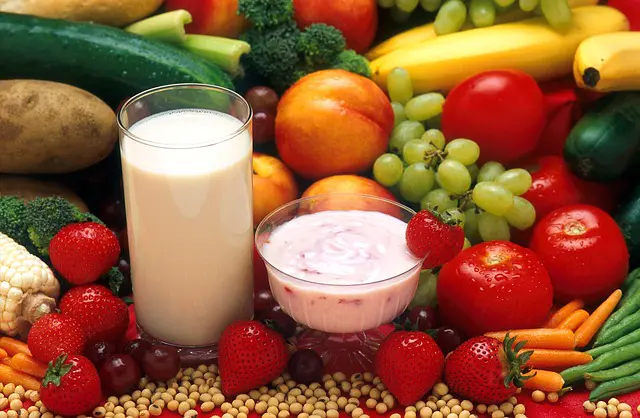When it comes to healthy eating, many are under the impression that it equates to a lack of flavor and excitement. This misconception leads to a cycle where individuals consume nutritious meals only intermittently, often resorting to salads or smoothies as a quick fix for their otherwise indulgent diets.
However, the realm of healthy eating is filled with delicious options that can satisfy your palate without compromising on nutrition. Here are three alternatives to the typical green smoothie that you might want to explore.

Sautéed Vegetables
If you find it challenging to meet the daily vegetable intake recommendation, sautéing could be the solution.
With just a pan, a bit of oil, and some patience, you can transform any fresh vegetable into a tasty dish. Sautéing uses dry heat to eliminate excess moisture, enhancing the natural, sweet caramelized notes of the vegetables.
Vegetables with higher sugar content, such as onions, carrots, and beets, caramelize more quickly than others. They make an excellent base for your sauté, which you can then enhance with additional vegetables like broccoli, mushrooms, cauliflower, spinach, and zucchini.
Vegetable and Whole-Grain Broths
Soups are a comforting and nutritious food option, often served when health is not at its peak.
To elevate the health benefits of your soup, consider blending in vegetables and whole grains that you might not typically consume. The texture and flavor are subtly incorporated, making it a stealthy way to increase your intake.
For those who dislike the texture of whole grains like brown rice, blending it into a soup can be a palatable alternative, bypassing any aversion to its texture when served on its own.

Intact Fruits
Before opting for fruit juice under the assumption of health benefits, it's important to understand that these benefits are exclusive to whole fruits. Regular fruit juice consumption can raise your diabetes risk by 21%, while whole fruit intake can reduce it by 23%.
For context, it takes three medium apples to produce one cup of juice—a quantity most wouldn't consume in a single sitting, yet many don't hesitate to drink a glass of apple juice.
The simplest way to enjoy the benefits of fruit without overindulging is to eat it whole, ensuring you also benefit from the fiber contained within the fruit's pulp.
Healthy eating can be a delightful experience, but many are quick to dismiss it. They might not realize that sautéed vegetables, broths, and whole fruits are just as nutritious as raw salads, offering variety and great taste.
Recent
See All2025-02-20
Strategic Portion Management for Holiday Feasts
2025-02-20
Mastering Portion Sizes for Festive Season Feasts
2025-02-20
Embrace a Plant-Based Diet for Enhanced Health and Longevity
2025-02-20
Set Aside the Scale for a While!
2025-02-20
Temporarily Toss Aside the Scale!
2025-02-20
Harnessing Your Food Cravings: A Blueprint for Overcoming Those Persistent Urges
2025-02-20
Managing Your Food Cravings: A Guide to Taming Those Temptations
2025-02-20
Welcome to the Era of Health Tech!
2025-02-20
Transform Your Fitness Routine with High Intensity Interval Training!
2025-02-20
Maximize Your Fitness Routine in Minimal Time
Newsletter
Get life tips delivered directly to your inbox!










